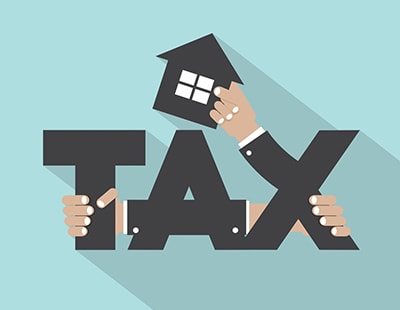
As a buy-to-let landlord it is highly likely that you will have to pay tax. However, the rules on paying tax on rental income can be quite complicated for some people, especially as they often change.
To help those of you who are unsure about your tax obligations, here are a few tips to help you avoid any property tax pitfalls:
+ You can claim back allowable expenses incurred, such as buying and selling costs, as well as certain property improvement costs, enabling you to reduce your tax bill, but you must make sure that you keep a clear record of all these.
+ Stay organised by keeping all of your records up-to-date and accurate, including key documents for legal and tax purposes.
+ Any losses arising can be carried forward and offset against future profits from the same property, so keep a record of these.
+ Although the initial cost of furnishing a rental property is not an allowable expense, replacement furniture relief is available on a like-for-like basis.
+ Capital Gains Tax is payable on the disposal of a property which is not your main home. Additional reliefs are available on properties which were once your main residence, but have since been let out.
+ Do consider getting professional advice from an accountant, estate agent or lawyer to get the most out of being a buy-to-let investor, ensuring that you remain compliant.
Want to comment on this story? Our focus is on providing a platform for you to share your insights and views and we welcome contributions.
If any post is considered to victimise, harass, degrade or intimidate an individual or group of individuals, then the post may be deleted and the individual immediately banned from posting in future.
Please help us by reporting comments you consider to be unduly offensive so we can review and take action if necessary. Thank you.





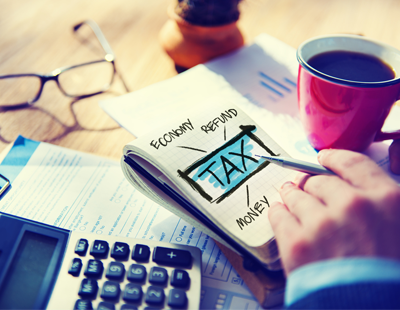







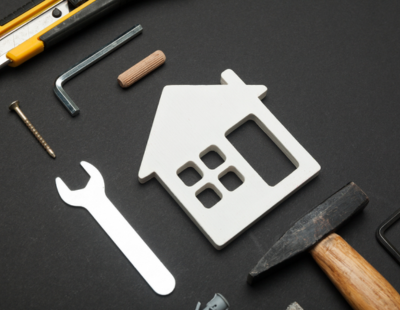

.jpg)
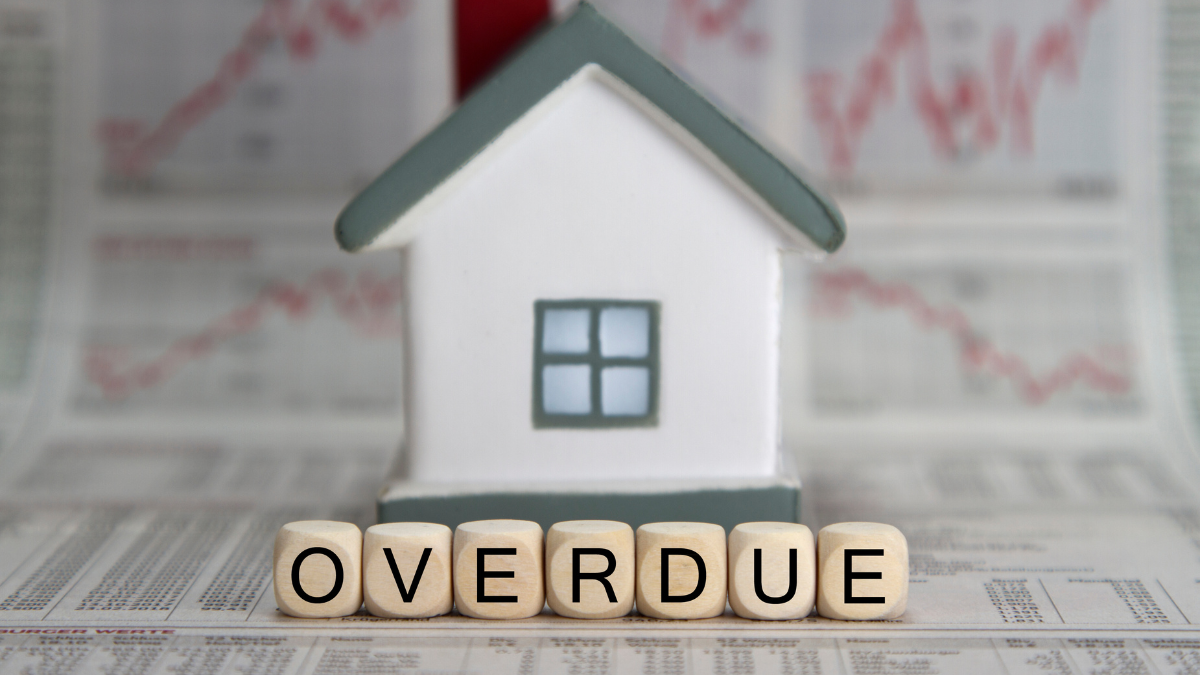



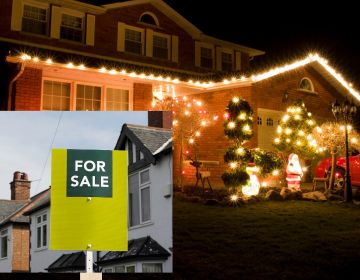




%20(002).png)




.png)






Join the conversation
Jump to latest comment and add your reply
When doing away with the 10% wear & tear allowance we were told we could claim for furnishing but now you have a different story, only replacement just keep pushing the dagger further-in.
The initial capital costs - purchase, stamp duty, new fixtures and fittings, furniture etc. can be subtracted from sale proceeds to reduce CGT on any eventual sale, thus gaining 18% or 28% tax relief at point of sale. Agreed, income tax relief on the initial cost of provision would usually be better for most tax payers, but that was never the situation, although the 10% wear and tear allowance did allow such capital costs to be slowly recouped over many years.
I have incorporated best thing I ever did
Please login to comment